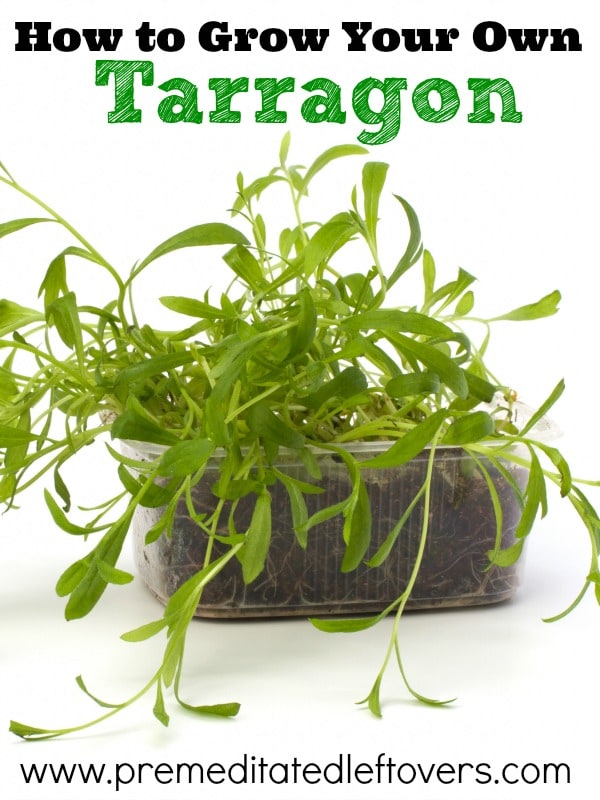Are you looking to give your meat and fish dishes a pop of flavor? Tarragon may be just the herb you are looking for. Tarragon is the perfect herb for revving up your meat and fish dishes, and can even give your dips a marinades a pop too. Much like the flavor of fennel and just as easy to grow, tarragon may become a new garden staple for you! Take a look below at some helpful tips on how to grow your own tarragon and get a crop that is sure to thrive!
How to Grow Tarragon
How to plan tarragon seeds/seedlings:
It is best to sow your tarragon seeds directly into the garden, or plant them directly from seedlings. When planting, you will want to space the seeds and seedlings a good 18 inches apart. Tarragon can get quite tall, so you don’t want your plants to overshadow each other. Proper spacing can help you avoid this.
Tarragon does best in moderate sun, with a little shade at some point during the day to provide a little break. Like most herbs it needs nutrient rich, well drained soil. Mulch is helpful when growing tarragon as it can help it retain moisture at the roots and also provide the coolness tarragon enjoys.
How to plant tarragon in a container:
If you are limited on space, a container garden of tarragon may be ideal for you. 1-2 plants per 18 inch pot is sufficient. You want to be sure the pot you use drains well and is easy to move if you are having trouble finding a sunny spot. You can then care for your tarragon seedlings as you would if they were planted in the ground.
How to take care of tarragon seedlings:
Once your tarragon starts taking off, you will want to be sure you keep the plant moist and watered. About an inch of water per week should do the trick. Apply all watering at the base of the plant so the focus can be on the roots. Note that tarragon doesn’t need to be in constantly moist soil, making it a great plant for drier climates.
One of the pests you might notice with tarragon is mites. If you see any sign of these pests, a mixture of water and dish soap should do the trick at getting rid of them. Feel free to also pick them off by hand. Other than mites, you won’t notice a great deal of pests wanting to bother your tarragon plants.
How to harvest tarragon:
Tarragon is ready to be harvested by mid July. You can harvest the leaves as well as any flowers or blooms. You can use it fresh, or feel free to dry the leaves for use later. Some gardeners even like to freeze their tarragon leaves. The wonderful thing about tarragon is a little goes a long way, so even the harvest from one plant could be sufficient for your cooking needs.
If you are ready to add some flavor to your cooking, tarragon may be the perfect herb plant for you. Take note of these tips and grow a productive tarragon crop for yourself!


France says
Bought a taragon plant at grocery.
Once home it became wilted. Fidcrrpot it. Still sll branches are down. How to fix this problem? Yhx
Amy says
Great article! I’ve always wanted to grow tarragon but I have never really got round to it!
After reading this, I think I may give it a go!